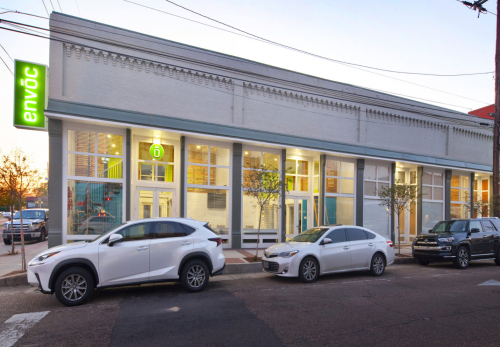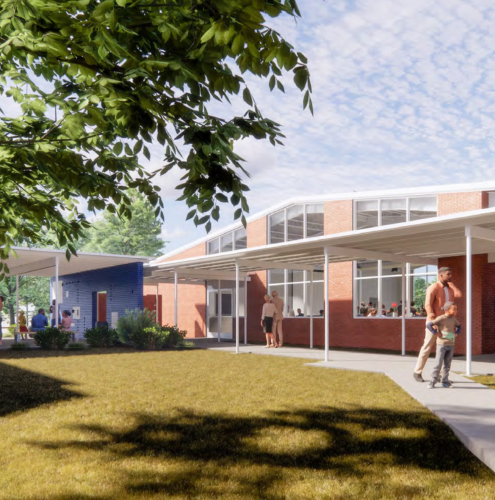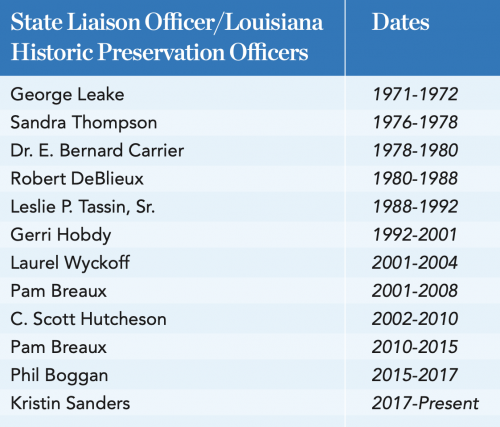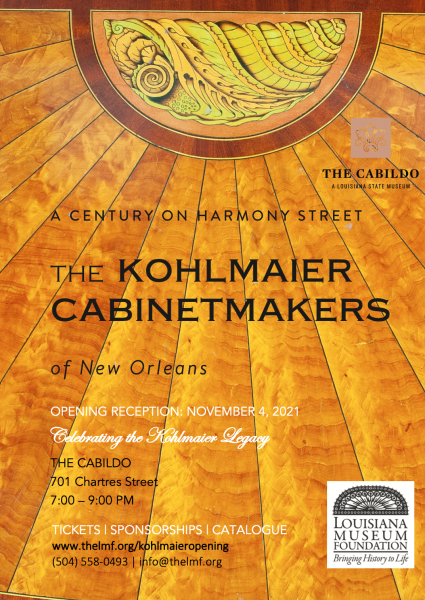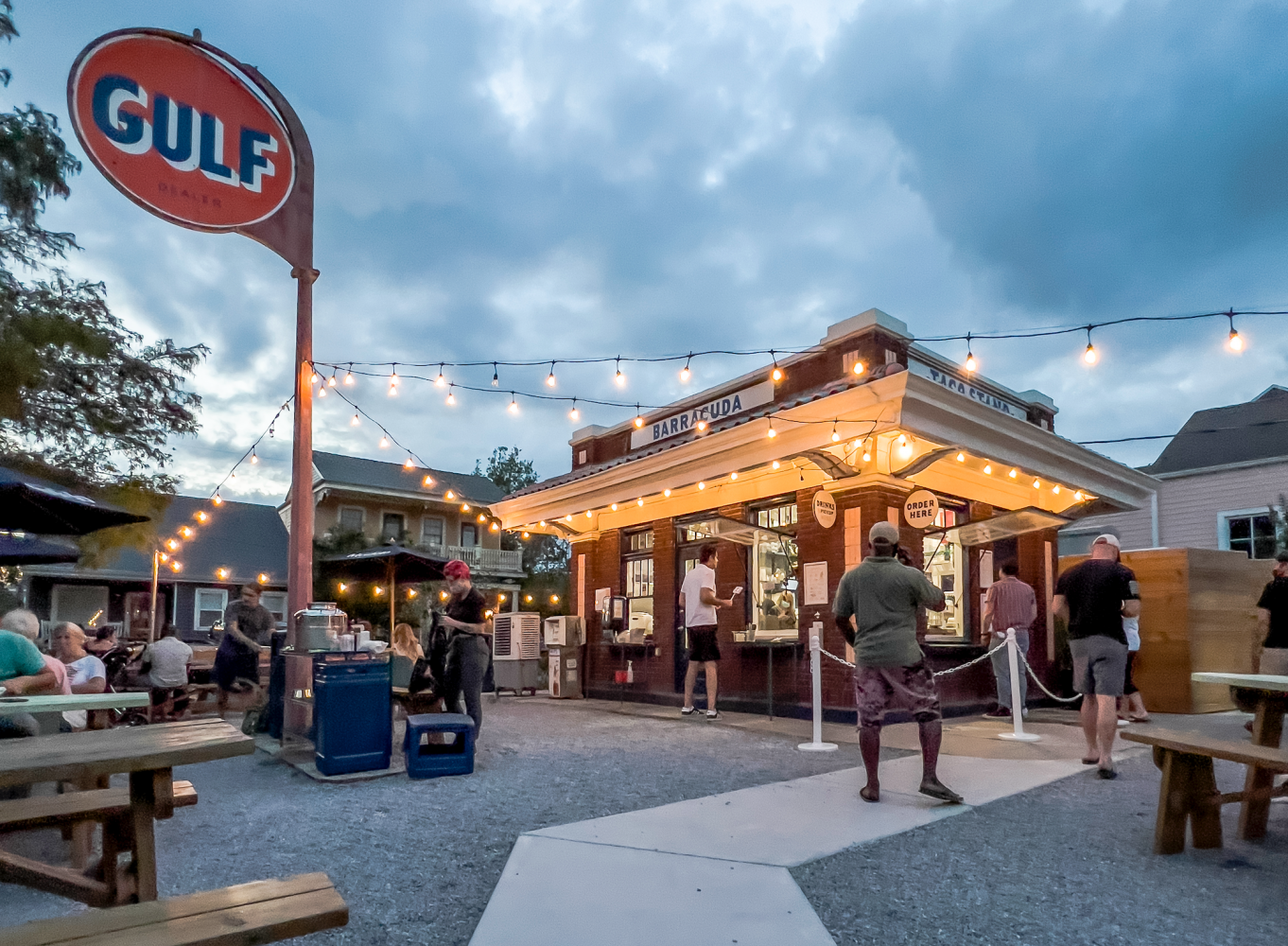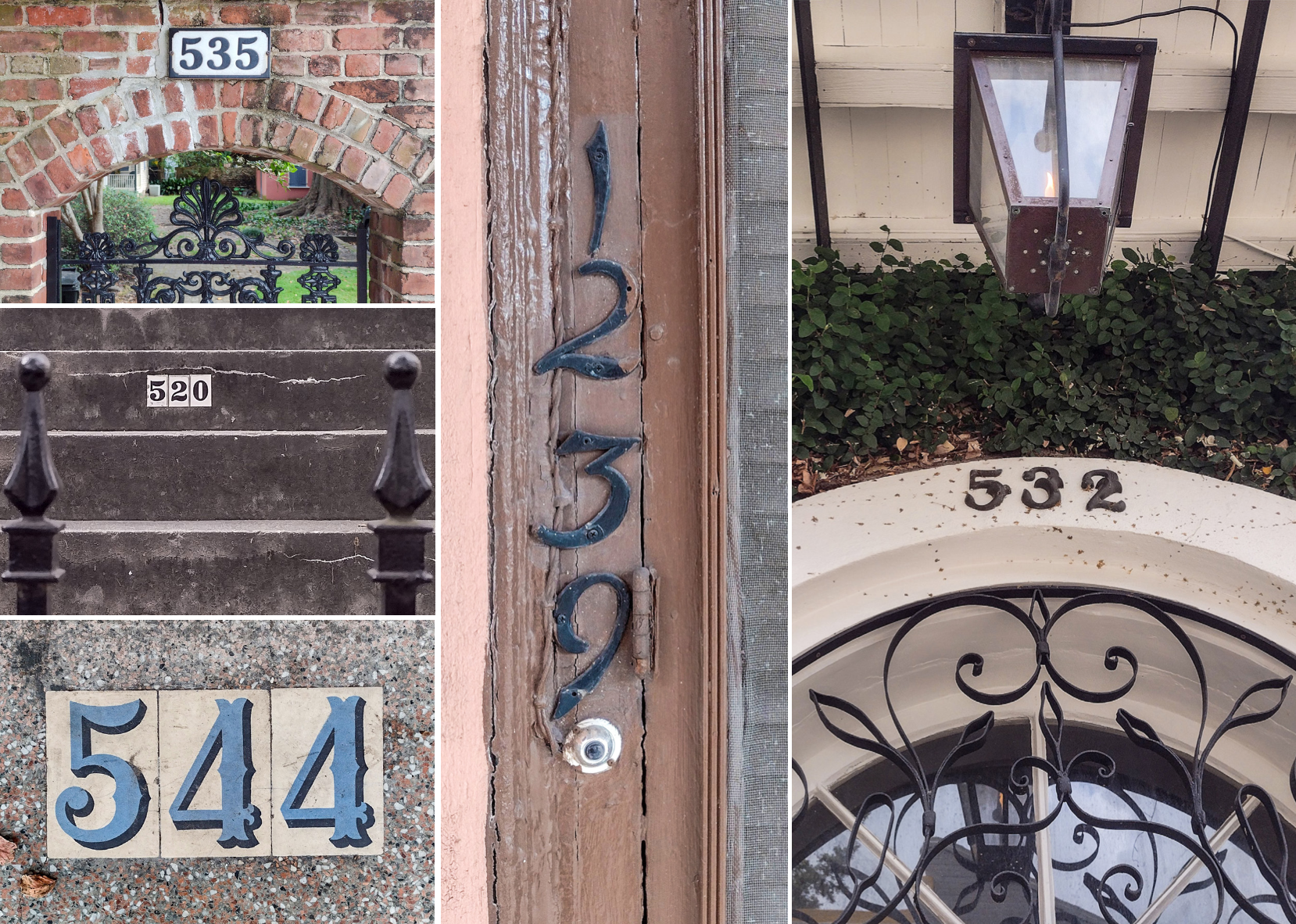This story appeared in the November issue of PRC’s Preservation in Print magazine. Interested in getting more preservation stories like this delivered to your door nine times a year? Become a member of the PRC for a subscription!
by Nicole Hobson-Morris, Executive Director, Louisiana Division of Historic Preservation
The Louisiana State Historic Preservation Office celebrates its 50th anniversary this month, a significant milestone for programs that support and celebrate the rich cultural and historic resources across our state. Let’s take a look at how the office developed over the years.
In 1970, the Louisiana Legislature passed the Treasure on State Lands Act, which established our state’s interest in preserving and protecting archaeological and historic resources. The following year, Louisiana complied with the National Historic Preservation Act (NHPA) mandate by establishing the state Department of Art, Historical and Cultural Preservation.
On Nov. 15, 1971, the Louisiana Preservation Office officially opened its doors in Baton Rouge.
Our office was initially overseen by the chairman for the Louisiana Historical Preservation and Cultural Commission, who was designated by the governor to act as the State Liaison Officer for Historic Preservation. George M. Leake, an architect from New Orleans, acted in this capacity from May 1971 to August 1972. He understood the importance of educating legislators and constituents alike about the importance of our state’s historic treasures.
Advertisement
By the end of 1972, Louisiana listed 20 historic and archaeological resources in the National Register of Historic Places. The Treasure on State Lands Act was amended in 1974, at which time the Louisiana Archaeological Survey and Antiquities Commission was established, along with the position of State Archaeologist. For the first few years, the State Archaeologist position was a post in name only — it had no staff — within the LSU Department of Geography and Anthropology.
After Leake, our records from the department’s early days are a bit unclear until we get to Sandra Thompson in 1976. She played a major role in shaping our preservation office’s operation within the Office of Program Development.
It has been said that with the passage of the National Historic Preservation Act in 1966, the federal government embarked on a new era of leadership by targeting the preservation of our nation’s historic properties. This leadership also involved direct connections with state and local governments on a scale far greater than ever before. The Louisiana Divisions of Archaeology and Historic Preservation carried out the mandates set forth by the NHPA.
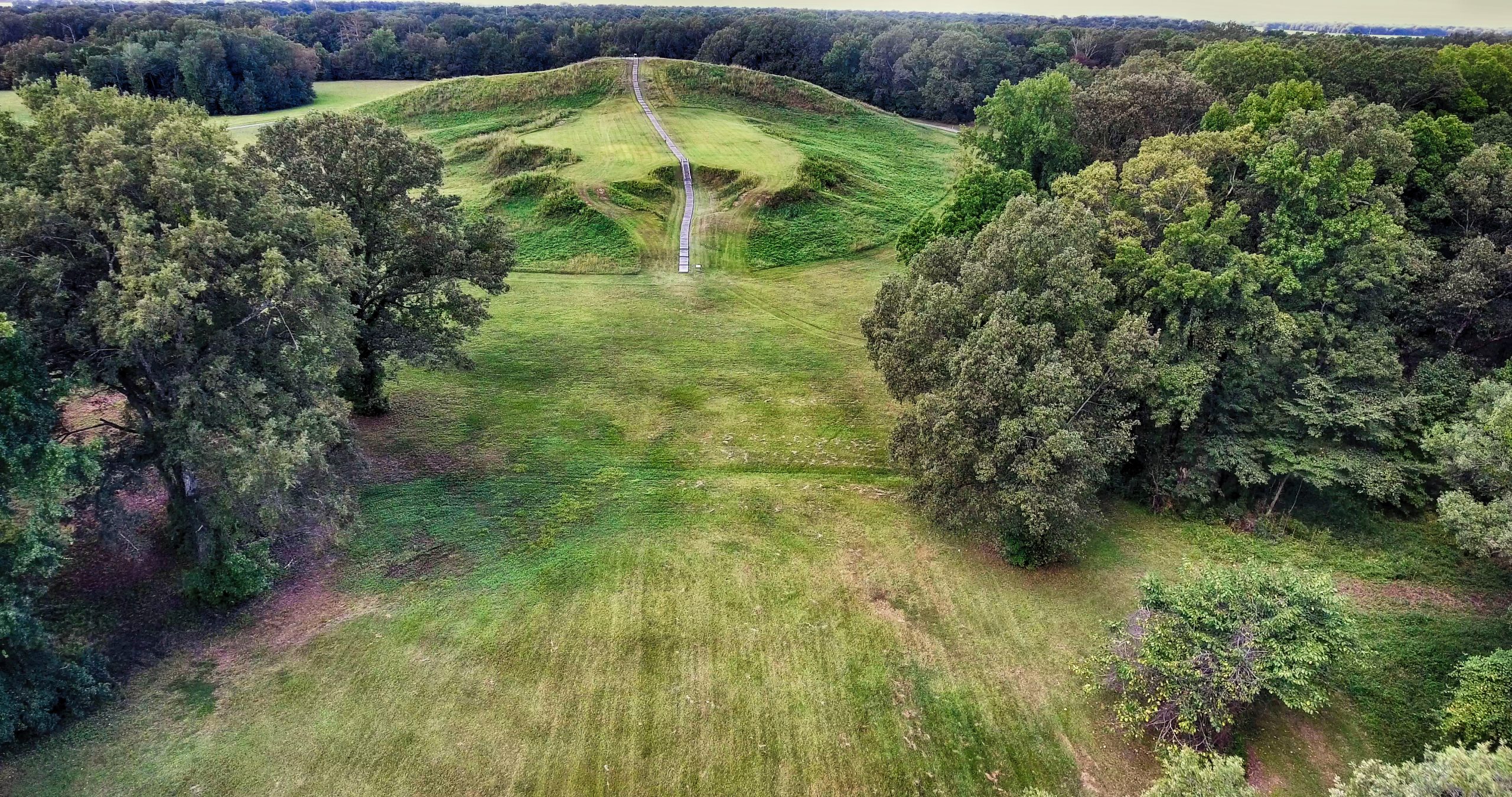
Poverty Point was listed as a UNESCO World Heritage Site in 2014. The site dates back more than 3,400 years. For more details, visit povertypoint.us.
Today, our programs and our staff stand on the shoulders of the knowledgeable historians, architectural historians, anthropologists and archaeologists that laid the groundwork in the Office of Cultural Development and from which our current staff continues to build.
Our predecessors and staff who laid that groundwork include Jonathan and Donna Fricker; Kathleen Byrd; Tammy Bridges; Dr. Thomas Eubanks; Nancy Hawkins; Philip “Duke” Rivet; Patricia Duncan; Barbara Bacot; Dr. Rachel Watson; and Mike Varnado. There are many others who played an important role in building our core programs, far too many to mention here, but for whom we are grateful.
Today, our team of historians and archaeologists administer programs with wide public outreach. In fiscal year 2019/2020 alone, our office initiated 6,513 Section 106 reviews, with 308 projects in multiple parishes or offshore. Approximately, 165,844 people visited museums and parks across the state that displayed artifacts from the Division of Archaeology’s curation collection, and 78 teachers introduced more than 1,600 students to the field of archaeology.
Photo 1: Baltzell Building, at 120 S. Cypress St. in Hammond, is located in the Hammond Local & National Register Historic Districts and the Hammond Main Street District. This is a former state and federal tax credit project, completed in 2017. Holly and Smith Architects are listed as the applicants. They invested an estimated $1.7 million, of which approximately $1.2 million is associated rehabilitation costs. The former warehouse, built in 1890, was adaptively reused for retail and housing. Image courtesy of Holly and Smith Architects.
Photo 2: Sabine High School, located in Many, was listed in the National Register on March 17, 2020, for its significance in Ethnic Heritage and Education. The Twelfth District, Number Three Association, Inc. received a Historic Preservation Fund grant from DHP (2020-2021) to complete a feasibility study that would help guide the future rehabilitation of the historic buildings on the site. For more details, visit sabinehighschoolrevitalizationproject.com.
The Historic Preservation Fund provided more than $424,054 in grants, scholarships and trainings to preservation programs, of which $156,590 was dedicated to the University of Louisiana-Monroe to support the Poverty Point Station Archaeology Program.
Throughout the 37 Main Street communities in Louisiana, a total of 117 new businesses opened, creating 556 new jobs. Also, Main Street Building Rehabilitations & New Construction totaled $9,445,737.
The federal and state tax credit programs leveraged more than $254.3 million in private investment for income-producing buildings. Additionally, the State Commercial Tax Credit program leveraged more than $91.7 million of unique investment in commercial historic buildings. Combined, these programs leveraged $346 million in Louisiana’s historic buildings and created or supported 3,917 construction jobs. Our programs remain partly funded by the National Park Service and the State of Louisiana.
Advertisement
The 21st century has ushered in a number of changes, rewards and challenges to our historic communities and archeological resources. Modern technology allows our staff to share information in a more expeditious manner through the development of databases and maps that provide GIS data that may be accessed by the general public (though some are restricted).
Above- and below-ground resources are increasingly vulnerable to climate change that threaten the very fabric of our communities like never before. Preparations to adapt historic resources to the effects of climate change remain an on-going effort at the local and state levels of government and in the private sector. We are also working to bring greater visibility to the contributions of underrepresented communities to the forefront. With help from our local, state, federal and non-profit partners, we aim to meet these and new challenges, for without these valuable relationships, our office would not succeed.
Plans for celebrating our 50th Anniversary across Louisiana have been placed on hold due to the pandemic. We encourage everyone to watch our social media channels and look for updates on our websites — https://www.crt.state.la.us/cultural-development/historic-preservation/ and https://www.crt.state.la.us/cultural-development/archaeology/ — for updates on opportunities to share in this celebration with us in 2022.
Advertisements




